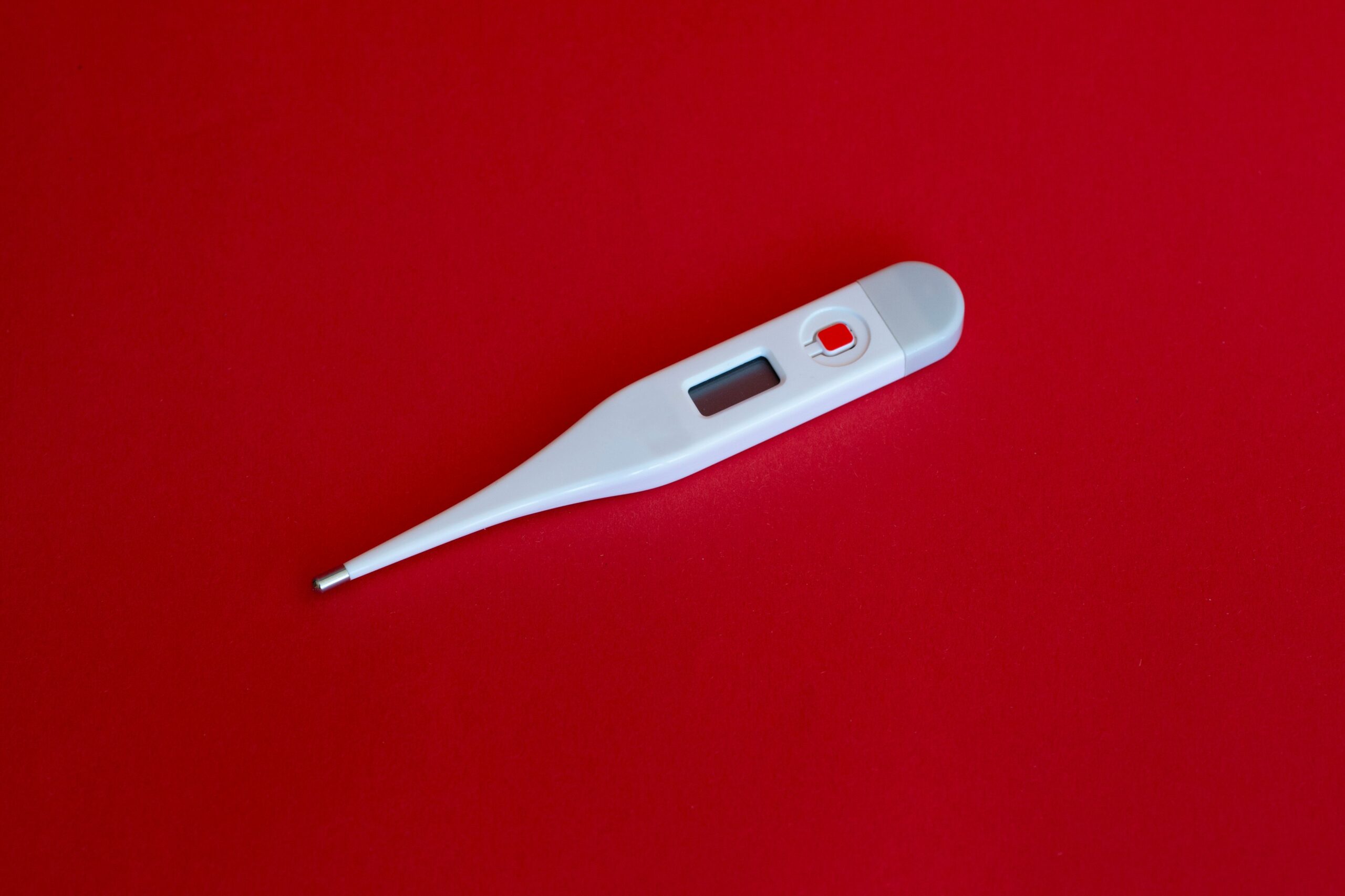Introduction
Dysbiosis is a term used to describe an imbalance in the microbial community within the human body, particularly in the gut. This imbalance can lead to various health issues and disruptions in the normal functioning of the body. In this article, we will explore the definition, signs, symptoms, and treatment options for dysbiosis.
Definition of Dysbiosis
Dysbiosis refers to an alteration in the composition and diversity of the microorganisms that reside in the gut. The gut microbiota consists of trillions of bacteria, viruses, fungi, and other microorganisms that play a crucial role in maintaining our overall health. When the balance of these microorganisms is disrupted, dysbiosis occurs.
Signs and Symptoms of Dysbiosis
The signs and symptoms of dysbiosis can vary from person to person, and they can affect different parts of the body. Here are some common signs and symptoms:
- Digestive issues such as bloating, gas, diarrhea, or constipation
- Food intolerances or sensitivities
- Chronic fatigue or low energy levels
- Brain fog or difficulty concentrating
- Autoimmune conditions
- Skin problems like acne, eczema, or rashes
- Weight gain or difficulty losing weight
- Mood disorders such as anxiety or depression
It’s important to note that these symptoms can also be associated with other health conditions, so it’s essential to consult a healthcare professional for an accurate diagnosis.
Treatment Options for Dysbiosis
The treatment of dysbiosis aims to restore the balance of the gut microbiota and alleviate the associated symptoms. Here are some common treatment options:
1. Probiotics
Probiotics are beneficial bacteria that can help restore the balance of the gut microbiota. They can be taken as supplements or found in certain foods like yogurt, sauerkraut, or kimchi. Probiotics help promote a healthy gut environment and support digestion.
2. Prebiotics
Prebiotics are non-digestible fibers that serve as food for the beneficial bacteria in the gut. They can be found in foods such as garlic, onions, bananas, and asparagus. Consuming prebiotics helps nourish the gut microbiota and promote their growth.
3. Dietary Changes
Adopting a healthy and balanced diet is crucial in treating dysbiosis. Avoiding processed foods, sugar, and artificial additives can help reduce inflammation and support the growth of beneficial bacteria. Including fiber-rich foods, fermented foods, and a variety of fruits and vegetables can also contribute to a healthier gut microbiota.
4. Antibiotics (if necessary)
In some cases, antibiotics may be prescribed to treat dysbiosis caused by an overgrowth of harmful bacteria. However, antibiotics should be used judiciously and under the guidance of a healthcare professional, as they can also disrupt the balance of the gut microbiota.
5. Stress Management
Chronic stress can have a negative impact on the gut microbiota. Engaging in stress-reducing activities such as meditation, yoga, or regular exercise can help support a healthy gut environment.
6. Consultation with a Healthcare Professional
If you suspect you have dysbiosis or are experiencing persistent symptoms, it’s important to consult a healthcare professional. They can provide a proper diagnosis, recommend appropriate treatment options, and guide you towards a healthier gut microbiota.
Conclusion
Dysbiosis is a condition characterized by an imbalance in the gut microbiota. It can manifest through various signs and symptoms, affecting different aspects of our health. By understanding the definition, signs, symptoms, and treatment options for dysbiosis, individuals can take proactive steps towards restoring the balance of their gut microbiota and improving their overall well-being.


